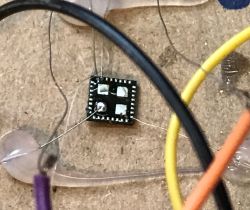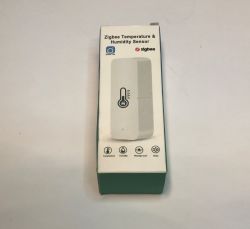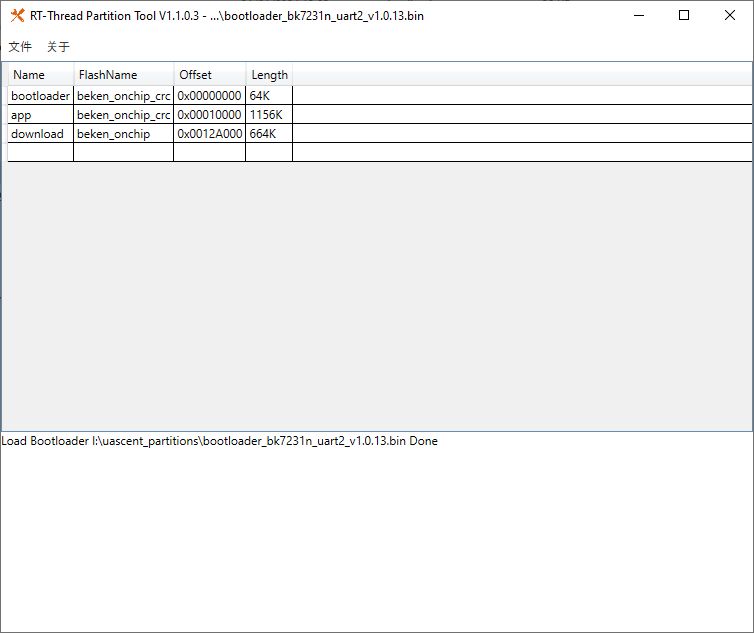I bought a cheap smart socket to be able to switch on my 3D printer remotely and to monitor its current consumption. I have done preliminary tests and the current measurements look strange to me 
The current shown in the picture does not match the power draw at this voltage. I don't know what to think about this. Is there any other power counting formula for AC than P=UI? The power itself when heating up agrees with what I predicted and with other people's measurements on the internet. Anyone know what this is caused by?

The current shown in the picture does not match the power draw at this voltage. I don't know what to think about this. Is there any other power counting formula for AC than P=UI? The power itself when heating up agrees with what I predicted and with other people's measurements on the internet. Anyone know what this is caused by?





